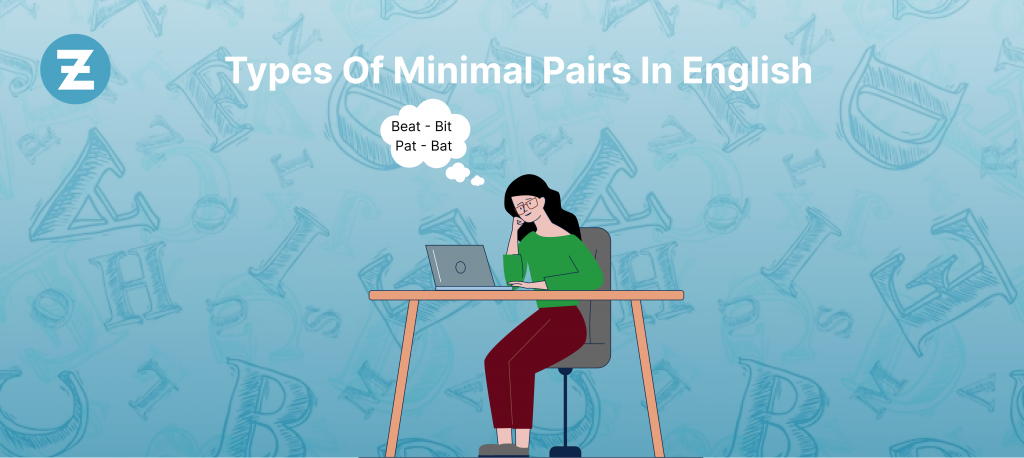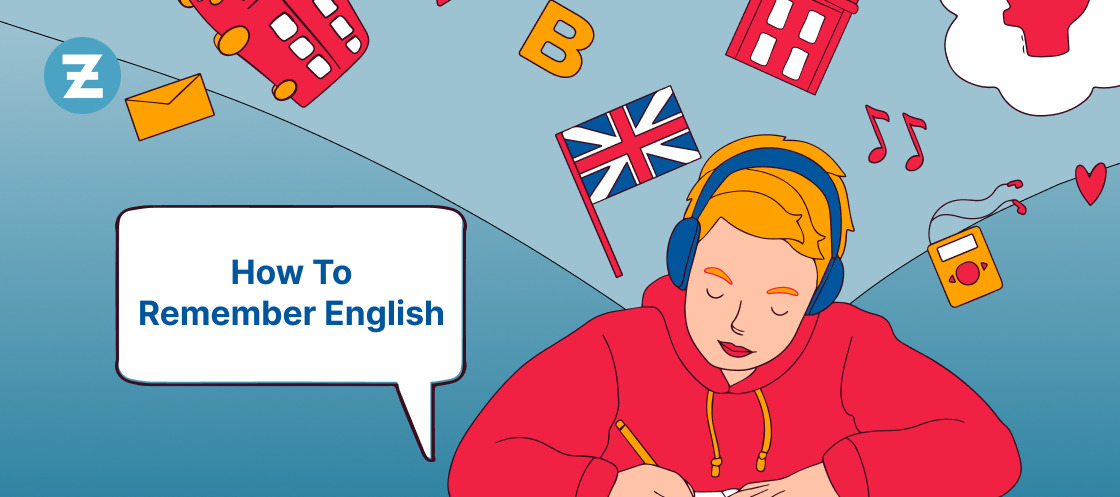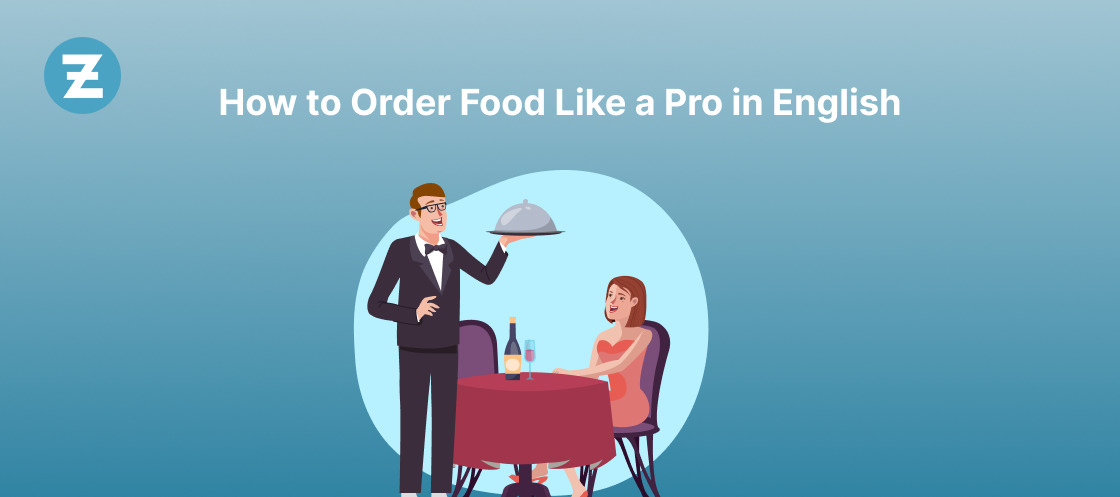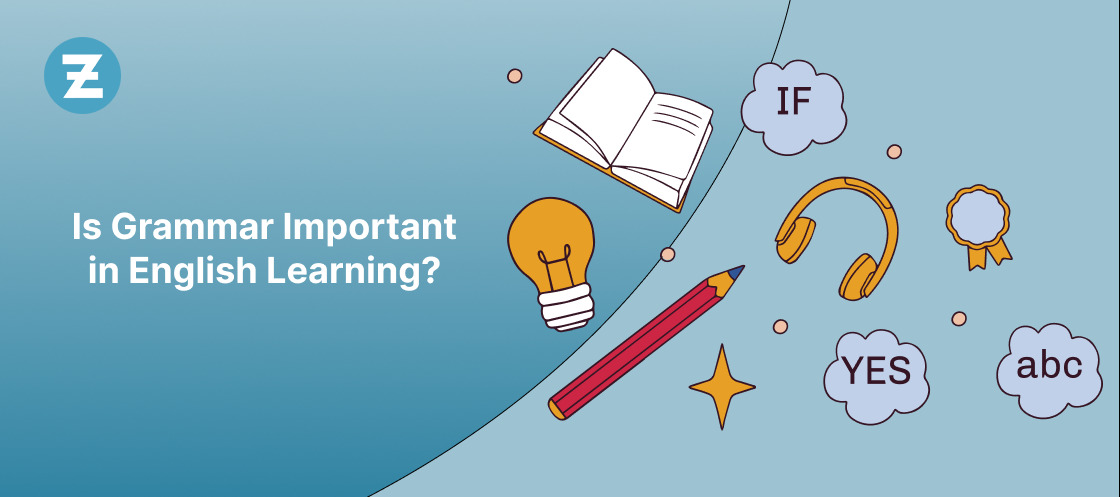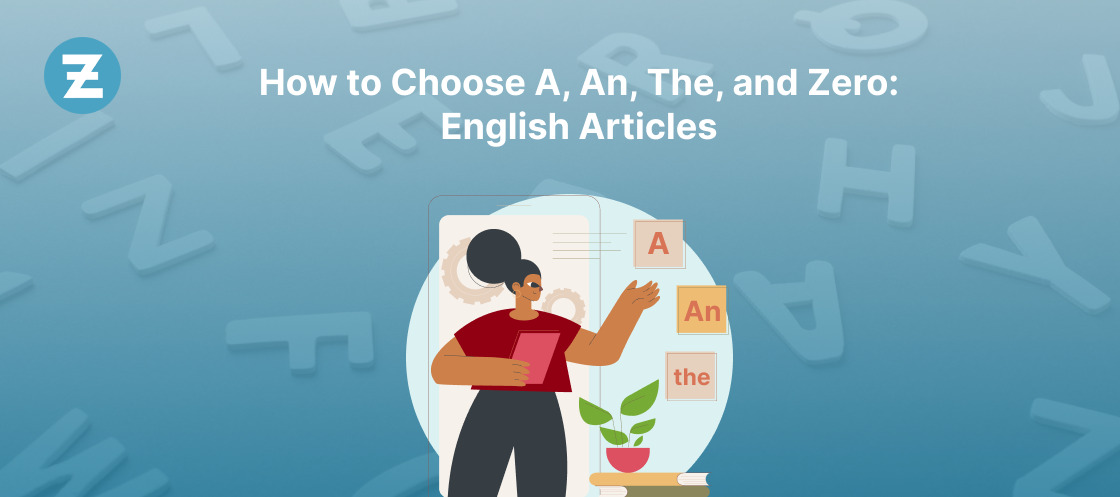English minimal pairs are words that differ only by one phoneme, typically a single sound, but have different meanings. These pairs are a great tool for improving English pronunciation and pronunciation accuracy. In this guide, we’ll look at the different types of minimal English pairs and provide tips on how to use them to improve your English pronunciation. Read on to learn more about minimal pairs and how they can help you improve your English pronunciation!
What Are Minimal Pairs?
Minimal pairs are two words of similar sounds but different meanings. They are essential building blocks of the English language and are used to teach pronunciation. You can recognize the variations of English sounds by learning the differences between the sounds of minimal pairs.
Minimal pairs can also help language learners to hear and produce the correct sounds. Learners can develop their listening and speaking skills by learning the differences between minimal pairs. This is especially important for English learners since English has many sounds, and slight pronunciation differences can change a word’s meaning.
It can also be used to help with pronunciation issues. By comparing the sounds of minimal pairs, learners can learn to distinguish between similar-sounding words and pronounce them correctly. This is especially important for learners who have difficulty with English pronunciation, as it can help them to better understand how to produce the sounds of the language.
There are many different types of minimal pairs in English, including:
Read Also: English Words With Same Spelling and Different Meaning
Vowel minimal pairs
Vowel minimal pairs are words that sound identical except for one vowel sound.
For Example,
Beat – Bit
The word “beat” is a verb that typically means to strike or hit something or someone with some force. For Example, you can beat a drum to make music or beat someone up if they have done something wrong. But it can also mean doing something repeatedly, such as beat a path or record.
The word “bit,” on the other hand, is the past tense of the verb “to bite.” To bite means to use your teeth to break through or pierce something. It can be used physically, such as when a dog bites someone, or figuratively, when someone says something that “bites” someone else.
Bee – Be
The word “Bee” is often used to refer to a particular type of flying insect known for producing honey. It is a species of the genus Apis, which can be found in almost any part of the world. Bees have been around for centuries and have been the source of many products, such as honey, wax, and even medicine. They are also important pollinators, helping to ensure that plants can reproduce and grow.
On the other hand, “be” is a verb that means “to exist” or “to occupy a position.” It is an auxiliary verb used to form progressive and passive tenses. It can also be used to denote a state of being or to express an opinion.
Seat – sit
The word “seat” is a noun that refers to a chair or bench. It is a physical object that one rests their weight on. For Example, you can say, “I need to find a seat in the waiting area,” or “I took a seat at the table.” In both sentences, “seat” refers to a physical object (chair or bench).
The word “sit” is a verb and means to rest one’s weight on one’s buttocks. It is the action of placing oneself on a seat. For Example, you can say, “I will sit down in the waiting area,” or “I sat at the table.” The word “sit” refers to an action (sitting down) in these sentences.
Feel – Fill
Regarding physical sensations, “feel” is about experiencing a sensation. This could be as simple as touching a soft, fuzzy blanket or feeling a cool breeze on your skin. It could also be more complex, like having a headache or feeling a twinge of pain in your back. Regardless, it’s about experiencing something through touch.
On the other hand, “fill” is about making something full. This could mean adding something to a container, like water to a cup or oil to a car engine. It could also mean removing something, like dirt from a room or trash from a street. Whatever it is, it’s about filling something up with something else.
Sheep – Ship
Sheep are woolly mammals that live in fields and roam around in herds. They are typically docile animals and provide us with wool and meat. Sheep are also known for being shorn of their wool once a year.
The ship is used to refer to a large boat used for transportation. Ships often transport goods, people, and even animals over long distances. Ships have existed since ancient times and were integral to the world’s early maritime trade networks.
Read Also: 30 Most Confusing English Words
Consonant minimal pairs
A consonant minimal pair is two words that differ only by one consonant sound.
For Example,
Bit – Pit
A bit is used to refer to a small piece or quantity. This can refer to anything from a fraction of a second to a small data section. In the world of technology, bits represent pieces of information or instructions.
A pit refers to a hole or cavity in the ground. In the context of technology, this term is often used to describe a space or cavity within a system or device. For Example, a computer’s processor has multiple “pits” or areas where it can store and process information.
Vest – Best
A vest is a sleeveless garment that is worn over the upper body. Vests are typically lightweight and are often made from cotton, wool, or synthetic materials. It comes in various styles, such as sleeveless, half-sleeved, or full-sleeved. Vests are often used as a fashion statement and can be seen in a variety of colors and patterns.
“best” is often used to describe the most excellent or desirable choice. When considering the best option, you should always consider the most important factors affecting your decision.
Dime – Time
A dime is a small coin worth ten cents. It is the smallest denomination of U.S. currency and is typically used to make small purchases.
On the other hand, time is used to measure the length or duration of an event. It measures the time between two points, such as the time that has passed since an event occurred or how long it takes to complete a task.
Gum – Come
Gum is a sticky substance comprising various ingredients, including waxes, oils, and resins. It’s often used to stick things together, such as to keep two pieces of paper together or to hold a sticker in place.
Come is a verb that means to move towards a particular place or person. It’s often used when someone invites someone to visit them or a certain location.
Pat – Bat
The word “pat” is often used to describe a gentle tap with the hand or an object. It is an action that can be used to encourage someone, signify approval, or show affection. For Example, a parent might pat their child’s head in a show of love, or a teacher might pat the back of a student to show approval.
The word “bat,” on the other hand, is a piece of equipment used for hitting a ball in sports like baseball or cricket. The bat is used to propel the ball in a specific direction. It is a tool that requires skill and precision to hit the ball accurately.
Read Also: How to pronounce the most commonly mispronounced words in English
Stress minimal pairs
When two words with the same spelling and pronunciation are affected by stress, they are known as minimal stress pairs.
For Example,
PROject (with stress on the first syllable) – proJECT (with stress on the second syllable)
PROject refers to a plan or undertaking. It’s what you do when you start a new business, remodel your house, or launch a new product. It’s a large-scale goal that requires detailed planning and execution.
On the other hand, proJECT is a verb meaning to present or put forward. You might use it in a sentence like, “I’m proJECTing a 10% sales increase by the end of the quarter.” It means to confidently express something and predict or declare a particular outcome.
reCORD (with stress on the second syllable) – REcord (with stress on the first syllable)
reCORD is a verb meaning to make a permanent document of something. It’s a way to capture and preserve a moment in time, whether it be a document, a photograph, a video, or something else. ReCORDing is an act of commitment, archiving, and creating a lasting record of something.
REcord is a noun meaning a document or a previous achievement. It’s the result of reCORDing – a physical reminder of the past, and a way to remember or recall events, people, and places.
OBject (with stress on the first syllable) – obJECT (with stress on the second syllable):
OBjects are tangible items that can be seen, touched, and experienced. Common objects include furniture, tools, clothing, toys, and electronic devices. These items are part of our everyday life, allowing us to interact with our environment.
obJECT, on the other hand, is a verb that expresses disagreement or disapproval. It is often used when someone feels strongly about a certain issue or opinion. For Example, if you disagreed with a friend about a topic, you might say, “I object to that!” This is a way of expressing your disagreement without engaging in a heated argument.
PREsent (with stress on the first syllable) – preSENT (with stress on the second syllable)
PREsent is a noun or adjective referring to something that is here now. It can also describe a person’s current state or condition. For Example, “He is PREsent at the meeting” means he is attending the meeting right now.
preSENT is a verb that means to give or offer something formally. It is often used formally to indicate that a gift or offering is being given. For Example, “He preSENTed me with a watch” indicates that he gave me a watch as a gift.
PERmit (with stress on the first syllable) – perMIT (with stress on the second syllable)
PERmit refers to an official document or license that grants permission from the government or another authoritative body to do something legally. This could be anything from a building permit for construction to a business license or even a special event permit.
On the other hand, perMIT is a verb meaning to allow or authorize something. For Example, if a company needs to obtain a permit to build a new office building, it must first apply to the local government and wait for the approval. Once the government has granted the permit, the company can proceed with the construction project.
Read Also: Best Tongue Twisters for English Pronunciation Practice
Intonation minimal pairs
Intonation minimal pairs are pairs of words that differ only in their intonation. As a result, they convey different meanings, even though they are identical in spelling and pronunciation.
I didn’t say she was beautiful (with a falling intonation) – I didn’t say she was beautiful?
The first sentence, “I didn’t say she was beautiful” (with a falling intonation), is a statement. The falling intonation gives the sentence an air of finality, as if the speaker has concluded the matter. This could be interpreted as a form of passive aggression. The speaker may be implying that someone else said the woman was beautiful, but they did not.
The second sentence, “I didn’t say she was beautiful?” (with a rising intonation), is a question. The rising intonation implies that the speaker is asking a question and is expecting a response. This could be interpreted as a form of curiosity. The speaker may be asking if someone else said the woman was beautiful and is expecting an answer.
He’s coming with us (with a falling intonation) – He’s coming with us! (with a rising intonation)
The first sentence, “He’s coming with us,” with a falling intonation, is a statement. When the intonation falls, the speaker is unsure of the facts presented. They may be questioning the situation or simply stating it as a fact. It can also be used to emphasize a point, such as when someone is making a point and want to make sure everyone knows it.
The second sentence, “He’s coming with us!” with a rising intonation, is an exclamation. The rising intonation indicates the speaker is excited and enthusiastic about the news they are presenting. It can also be used to emphasize a point or to add emphasis to an idea. As a result, it can be used to show surprise, joy, or excitement.
We need to talk (with a falling intonation) – We need to talk? (with a rising intonation)
When someone says “We need to talk” with a falling intonation, they usually don’t mean it as a question. It’s usually a statement indicating something that needs to be discussed. It could be a serious matter or something more trivial, but it clearly indicates that a conversation needs to take place.
When someone says, “We need to talk?” with a rising intonation, it’s usually because they ask whether a conversation needs to be had. It’s a way of gauging the situation and seeing if there’s something important to discuss.
He’s such a good singer (with a falling intonation) – He’s such a good singer! (with a rising intonation)
The first sentence is a statement affirming that the subject is a good singer. It is not necessarily expressing any excitement or enthusiasm. The falling intonation in the sentence conveys a sense of resignation or even a certain lack of interest.
The second sentence, however, is an exclamation. It is an expression of enthusiasm and admiration. The rising intonation conveys a sense of awe and admiration at the subject’s singing ability. This intonation emphasizes the positive connotations of the sentence, making it clear that the speaker is expressing genuine admiration.
I’m going to the store (with a falling intonation) – I’m going to the store? (with a rising intonation)
“I’m going to the store, has a falling intonation. This means that the emphasis is on the last word of the sentence, store. This intonation typically implies that you are stating a fact or making a statement. It communicates that the speaker is confident about the action they are taking.
I’m going to the store? Has a rising intonation. This means that the emphasis is on the first word of the sentence, I. This type of intonation typically implies that you are asking a question. It communicates that the speaker is uncertain and might need more information or clarification before taking action.
Final Thoughts
Mastering English pronunciation requires attention to the subtle differences in sound between words. Minimal pairs are an excellent tool for practicing these distinctions, and by paying close attention and practicing with them, you can improve your English pronunciation and communicate better with others. Moreover, effective communication is not just about what you say but how you say it; mastering English minimal pairs is a crucial step in achieving this goal. Therefore, keep practicing and perfecting your pronunciation skills, and you’ll soon be speaking English with greater clarity and confidence. You can also use online language improvement apps, such as Zoundslike, to help you improve your English skills easily.
FAQs
Q.1 What are minimal pairs in English?
Minimal pairs are words that differ in only one sound, such as ‘cat’ and ‘bat.’ They help demonstrate the significance of individual sounds in distinguishing word meanings.
Q.2 Why are minimal pairs important in language learning?
Minimal pairs are crucial for language learning as they help develop phonemic awareness and improve pronunciation. By practicing minimal pairs, learners can train their ears to distinguish subtle sound differences and enhance their overall communication skills.
Q.3 How can I use minimal pairs to improve my English pronunciation?
You can use minimal pairs to focus on specific sounds you struggle with. Listen to and repeat minimal pairs, paying close attention to the sound differences. Practice speaking words in isolation and in context to refine your pronunciation.
Q.4 Are minimal pairs specific to certain English accents or dialects?
Minimal pairs can vary across different English accents or dialects due to regional phonetic differences. It’s helpful to focus on the accent or dialect you want to adopt or understand, but learning minimal pairs from various sources can broaden your phonetic abilities.
Q.5 How frequently should I practice minimal pairs?
Consistency is key when practicing minimal pairs. Aim for regular practice sessions, starting with a few minutes each day and gradually increasing the duration. Practice with different minimal pairs to cover a wide range of sounds.


